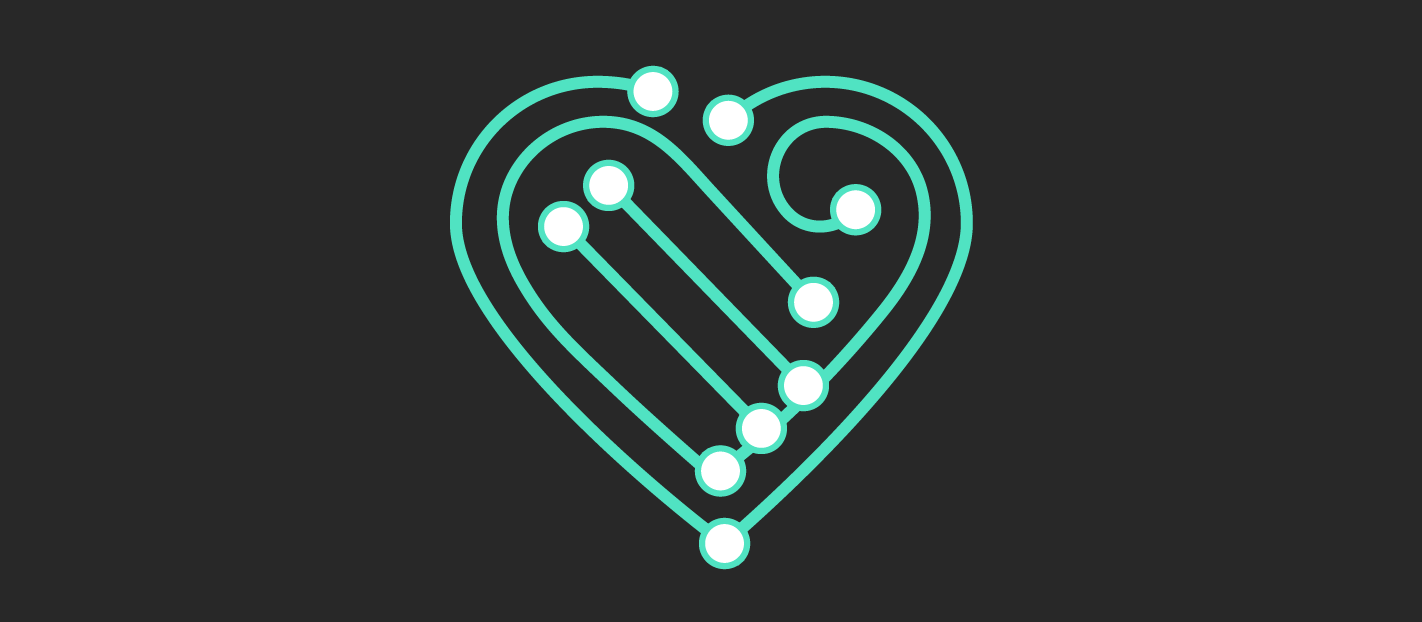
So, you want to define your ideal customer?
Spoiler alert: you’re looking right at them.
They have a use case. They see the value in your product. They have the means and the need to pay for your product.
Whenever you are establishing customer profiles to make changes to your strategy, whether that’s for the product, marketing, or sales, you should be looking at your existing customers first.
Learning from our existing customers is how we take the metaphorical temperature of GoSquared.
Who are they? How are they using the product? Are they happy? Is there one request that keeps cropping up?
Your customers are a valuable source of knowledge. Customer feedback, whether direct or inferred from behaviour is a crucial part of assessing and redesigning your strategy.
We make our own analytics tool to help us do this. It’s free, easy to use, and tells you exactly what you need to know. If you don’t already have access to this data, or if you aren’t getting the metrics you need from your current analytics tool, try it out. We’re here to help if you have any questions.
Here’s one example where we used our customer’s knowledge and experience to improve our product:
Picture this, you’re helping a customer add a colleague to their account — so they could see the company’s analytics too.
‘Go to the home area.’
‘What’s the home area?’
‘Oh, just click the GoSquared logo.’
‘I don’t see GoSquared written anywhere.’
‘Oh, it’s just the G on the top left. It doesn’t actually say GoSquared.’
‘Uh huh…’
‘Click the settings cog on the lower-right corner of the site thumbnail in the middle… and then hit sharing.’
‘Right…’
‘And then put in your colleague’s email address. It’s really easy!’
It’s not easy when you read those steps back to yourself. Sharing analytics with your team should be one of the easiest things to do.
This was the situation we found ourselves in a few years ago.
One of the most frustrating things we have come up against is that features we knew people loved, or asked us for, were actually there — they were just hard to find.
As we’ve added more features into the dashboard, and added more products to our suite, the list of what’s possible to achieve with GoSquared has grown. But so has the complexity of the product.
In a way, it’s no surprise that we had to keep explaining where team sharing was.
So how can your current customers help you? And how can you help them?

Your existing customers are the best place to start when you’re looking for ways to improve your product and find new customers.
But when you are a small (but powerful!) team, as many of us are, you don’t have the resources to meet with, or even to speak with, every single customer in the way that you’d like to.
Luckily there are ways to find out what our customers want and need without overstretching our teams and never leaving the office.
Use an analytics tool and understand your metrics

Anyone with a website has an incredibly powerful tool at their fingertips.
There’s so much information that you access by installing an analytics tool on your site and by understanding how customers are using your product.
We make one ourselves, and without too much of a shameless plug, it’s designed to do exactly this. To help you to understand your customers better in a simple and easy way – without the need to be a data guru. Did we mention that it’s free?
Now, it’s not that you should let your customers call all the shots on your latest strategy. They should be a valued guide, not the captain. There’s a balance that you can reach by understanding how different metrics can help you achieve different goals. Goals that suit both your business and your customers.
Think of your customers as a wise and valued guide to your business. You’re still the captain, but a good captain knows when to follow their gut and when to listen.
Know which of your features are the most used

Where your customers spend the most time is a clear indicator of where they get the most value from your product.
Instead of going from 0 to 1 by introducing a totally new feature set, think about how you can make incremental but important improvements to your most used features.
Make sure to compare your least used features against your feature request list. And keep an ‘informal’ list as well. A place where anyone on the team, particularly anyone who deals directly with customers, can add to when they notice a struggle like the issue we described above.
Sometimes it’s not that you need to add a feature, it’s that you need to make existing features more obvious or clearer to find.
Ask the right questions

The challenge for customer development is not that they won’t tell you what they want; it’s that they don’t know what to say when you ask them.
So you have to be a translator. You have to be smart about working out what your customers want from you and your product.
Note: this isn’t simply asking customers for feature requests.
Smart companies are listening for hints about the experience their users want. Improving the customer experience is the most radical change you could make and the one that can really get people screaming and shouting.
Rather than giving your customers something a couple of people say they want, start by working to make the features that the bulk of customer use and love every day better.
Understand who your customers are

You’d be surprised at how many companies don’t use the data that’s available to them.
Instead of picking a customer character out of thin air – use the data you have and make that character a real person.
Here are a few things that might help you build up that picture:
- What is the customer’s job role?
- What is the company size?
- What industry are they in?
- What country are they based in?
- How often do they use your product?
Look for correlations between all of these questions, and how that relates to the most used feature sets. Perhaps they are the same across the board, but you are more likely to find that certain features appeal to specific groups.
Make sure you pay attention to those who are already with you.
Poor treatment of existing customers has become a classic complaint in recent years. Companies offer their new customers great deals and create new features based on what the market seems to want.
Don’t fall into this trap. Your ideal customer is the customer you already have. And there are lots more just like them out there in the world. Build and create for the customers you already have, and for the others like them.
Hopefully, this post has given you some interesting things to think about and some good actions to take forwards. If you are looking to test out the ideas in this post check out our free analytics tool and let us know if we can help!

